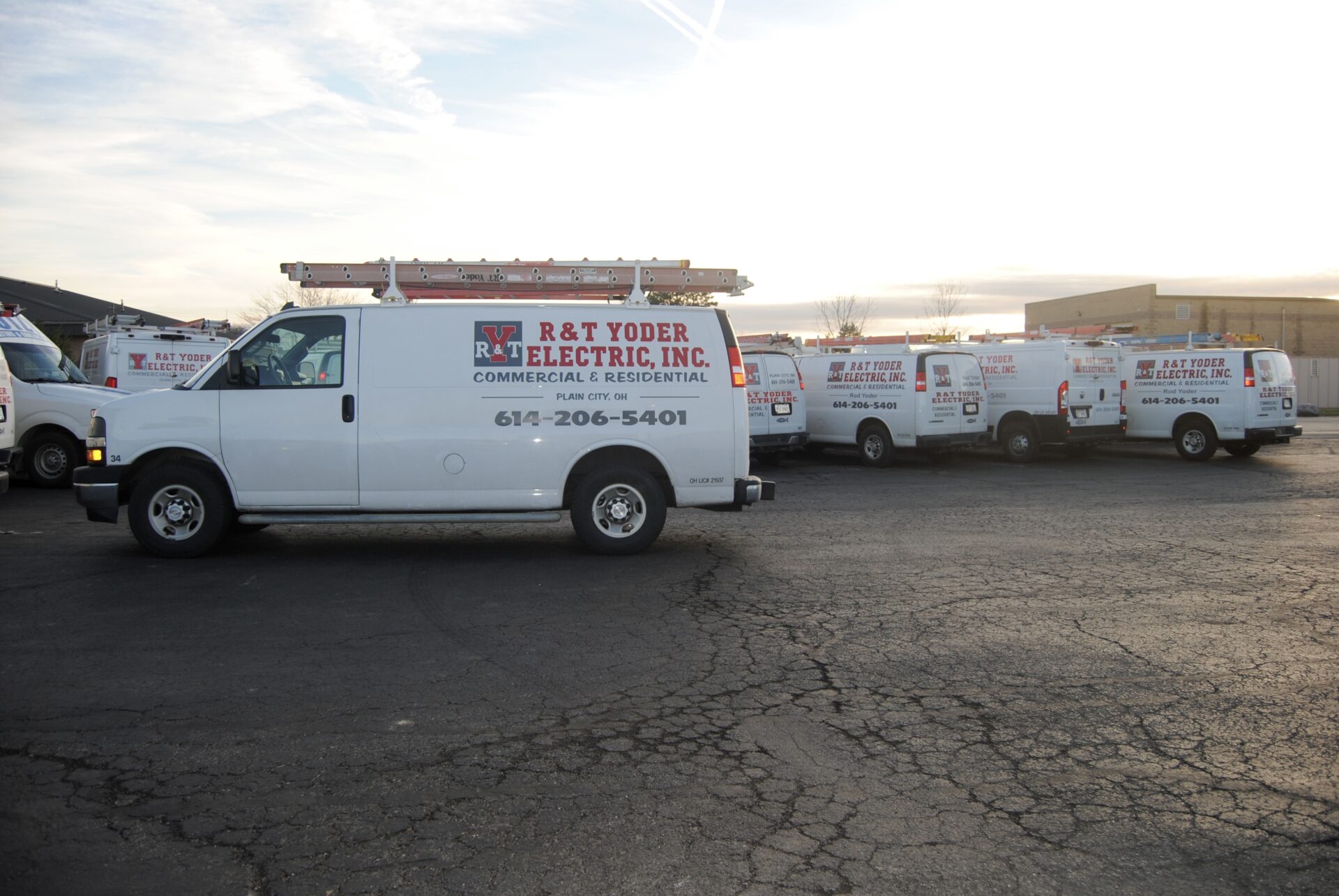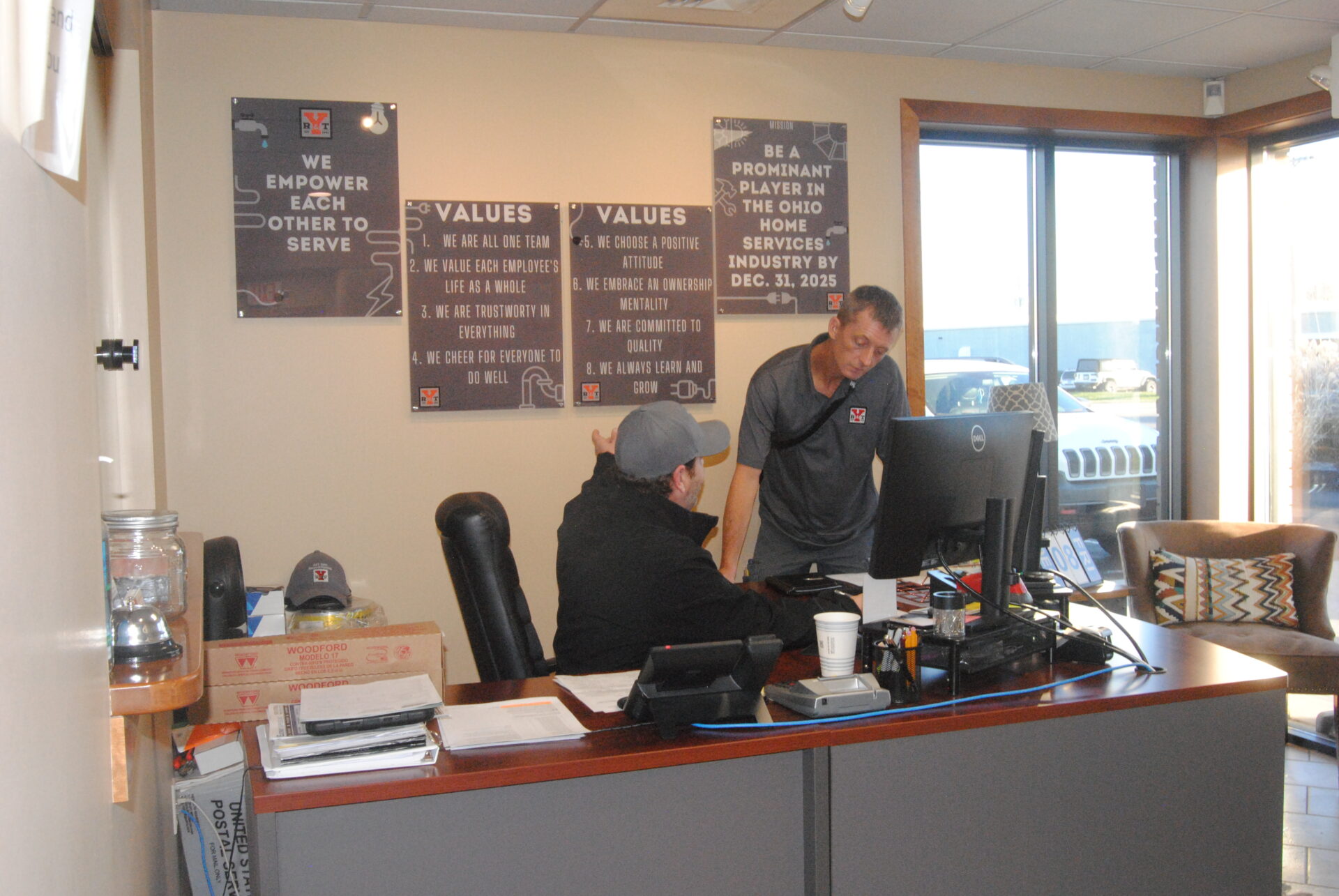Dealing with a damaged sewer line is one of the most stressful issues a homeowner can face. Sewer line problems can lead to backed-up drains, unpleasant odors, and even potential health hazards. The most pressing question for many is: How much does it cost to repair a sewer line? Unfortunately, the answer isn’t always straightforward due to various factors like the type of damage, location of the line, and the method of repair.
1. Typical Sewer Line Repair Costs
The cost of repairing a sewer line can vary significantly depending on the nature of the damage and the extent of the repair needed. Here’s a general breakdown of typical costs
1.1 Average Costs
- Minor Repairs: $200 to $1,000
- Moderate Repairs: $1,000 to $3,000
- Major Repairs: $3,000 to $7,000
- Full Replacement: $7,000 to $20,000 or more
1.2 Cost by Type of Repair
- Clearing Blockages: $200 to $600
- Pipe Patching: $250 to $1,000
- Sectional Repairs: $1,500 to $4,000
- Full Sewer Line Replacement: $5,000 to $20,000
These costs can fluctuate based on factors such as the length of the sewer line, depth, and method of repair. Understanding the specifics of your situation will give you a clearer idea of what to expect.
2. Factors That Affect Sewer Line Repair Costs
Several factors influence the overall cost of sewer line repairs. Knowing these variables can help you better anticipate expenses and make informed decisions.
2.1 Location of the Damage
- Accessibility: Repairs to lines under lawns or open areas are easier and cheaper than those beneath driveways, sidewalks, or buildings.
- Depth: Lines that are deeper underground require more excavation, increasing costs.
2.2 Length of the Pipe
- Short Sections: Repairs on shorter sections (10-15 feet) are more affordable.
- Long Sections: Replacing longer sections (50 feet or more) significantly increases labor and material costs.
2.3 Type of Damage
- Blockages: Clearing simple clogs is less expensive than fixing cracked or collapsed pipes.
- Corrosion or Root Intrusion: Extensive damage caused by corrosion or tree roots may require more comprehensive repairs or full replacement.
2.4 Repair Method
Different repair methods come with different costs and levels of disruption
- Traditional Excavation: $4,000 to $7,000, involving digging trenches to access the pipes.
- Trenchless Repairs: $3,000 to $6,000, using less invasive techniques like pipe lining or bursting.
2.5 Pipe Material
- PVC or ABS Pipes: Generally cheaper to repair or replace.
- Cast Iron or Clay Pipes: Older materials may require more effort to repair or replace due to deterioration.
2.6 Labor Costs
- Plumbing Rates: Plumbers typically charge $75 to $200 per hour.
- Regional Differences: Costs can vary based on your location and the availability of skilled labor.
2.7 Additional Costs
- Permits: $50 to $300, depending on local regulations.
- Inspection Fees: $100 to $500 for video camera inspections or diagnostic tests.
- Restoration Work: Replacing landscaping, driveways, or sidewalks after excavation can add $500 to $2,000 to the total cost.
3. Common Sewer Line Repair Methods
The method used to repair your sewer line will significantly impact the overall cost. Here are the most common repair methods
3.1 Traditional Excavation
- Process: Digging a trench to access and repair or replace the damaged sewer line.
- Cost: $4,000 to $7,000 or more.
- Pros: Effective for severely damaged or collapsed pipes.
- Cons: Disruptive, labor-intensive, and may require extensive restoration work.
3.2 Trenchless Pipe Lining (Cured-in-Place Pipe – CIPP)
- Process: Inserting a flexible, resin-coated liner into the existing pipe, which hardens to create a new pipe within the old one.
- Cost: $3,000 to $6,000.
- Pros: Minimal digging and disruption; quick repair process.
- Cons: Not suitable for pipes with severe collapses or large cracks.
3.3 Pipe Bursting
- Process: Breaking the old pipe while simultaneously pulling a new pipe into place.
- Cost: $3,500 to $7,000.
- Pros: Replaces pipes without digging a large trench.
- Cons: Requires specific access points and may not work in all situations.
3.4 Spot Repair or Patching
- Process: Repairing small sections of the damaged pipe by patching cracks or holes.
- Cost: $250 to $1,000.
- Pros: Affordable and quick for minor issues.
- Cons: Not suitable for extensive damage.
4. Signs You Need Sewer Line Repair
Recognizing early signs of sewer line damage can help you avoid more extensive and costly repairs. Here are common indicators
- Slow Drains: Multiple fixtures draining slowly may indicate a blockage.
- Foul Odors: Sewer gas smells coming from drains or your yard suggest a leak.
- Gurgling Noises: Bubbling or gurgling sounds from toilets or drains may signal a blockage.
- Sewage Backups: Water or sewage backing up into sinks, tubs, or toilets is a clear sign of a problem.
- Wet Spots or Sinkholes: Puddles or depressions in your yard may indicate a leaking sewer line.
- Cracks in Walls or Foundation: Sewer line leaks can lead to structural damage over time.
5. How to Minimize Sewer Line Repair Costs
Repairing a sewer line can be costly, but there are steps you can take to manage or reduce expenses
- Regular Inspections: Schedule annual camera inspections to catch issues early.
- Preventive Maintenance: Avoid flushing non-flushable items and keep grease out of drains.
- Tree Root Management: Plant trees away from sewer lines and install root barriers if needed.
- Insurance Coverage: Check if your homeowner’s insurance policy covers sewer line repairs.
- Get Multiple Quotes: Compare estimates from different plumbing contractors.
- Consider Trenchless Options: Less invasive methods can reduce restoration costs.
6. Is Sewer Line Repair Covered by Insurance?
Homeowner’s insurance policies typically cover sewer line repairs only under specific circumstances
- Covered: Damage caused by sudden and accidental events like earthquakes, fires, or vandalism.
- Not Covered: Damage caused by wear and tear, corrosion, or tree roots.
Consider purchasing a sewer line protection plan or rider to cover unexpected repair costs.
Understanding how much it costs to repair a sewer line involves considering various factors like the type of damage, repair method, and location. While minor repairs may cost a few hundred dollars, major repairs or replacements can run into the thousands.
By recognizing early signs of sewer line damage, scheduling regular inspections, and exploring less invasive repair methods, you can manage costs effectively. Whether you’re dealing with a minor blockage or a significant leak, being informed about sewer line repair costs helps you make the best decisions for your home and budget.











